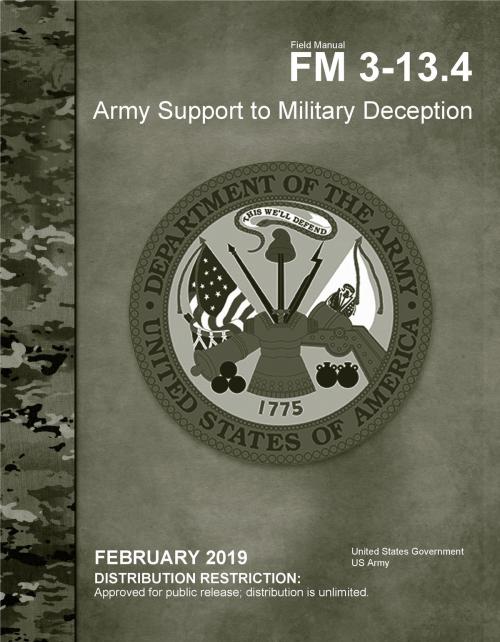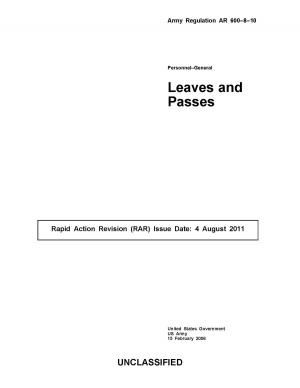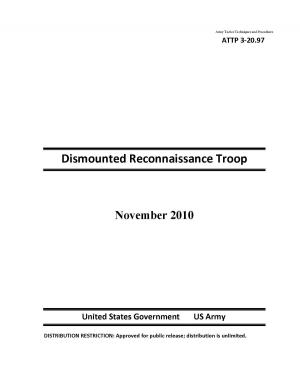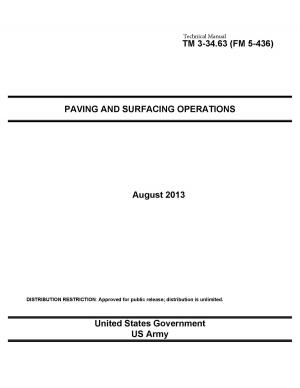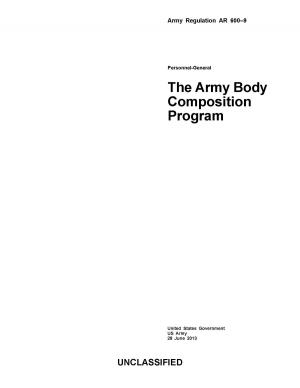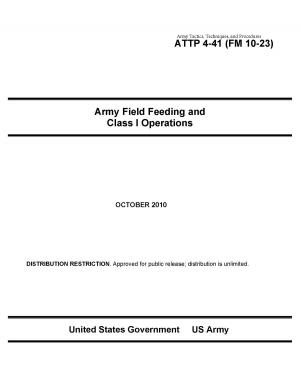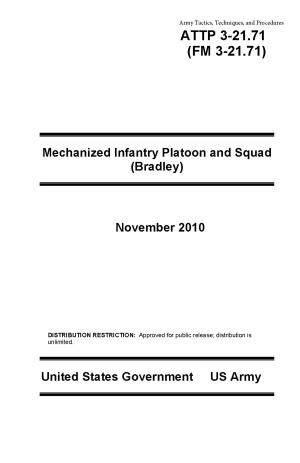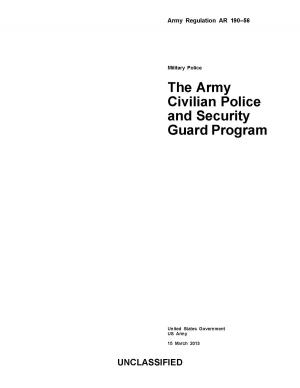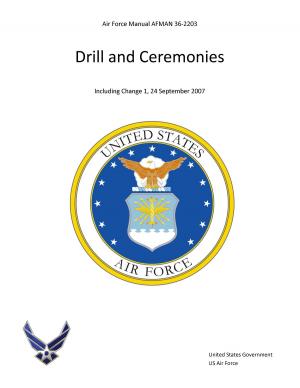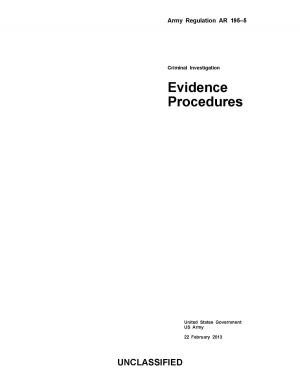Field Manual FM 3-13.4 Army Support to Military Deception February 2019
Nonfiction, Reference & Language, Study Aids, Graduate & Professional, Armed Forces, Science & Nature, Technology, Military Science, Reference, Guides & Handbooks| Author: | United States Government US Army | ISBN: | 1230003146439 |
| Publisher: | eBook Publishing Team | Publication: | March 22, 2019 |
| Imprint: | Language: | English |
| Author: | United States Government US Army |
| ISBN: | 1230003146439 |
| Publisher: | eBook Publishing Team |
| Publication: | March 22, 2019 |
| Imprint: | |
| Language: | English |
Field Manual FM 3-13.4 Army Support to Military Deception February 2019
This doctrine, Field Manual FM 3-13.4 Army Support to Military Deception February 2019, aims to provide techniques to assist planners in planning, coordinating, executing, synchronizing, and assessing military deception (MILDEC). While the means and techniques may evolve over generations, the principles and fundamentals of deception planning remain constant.
FM 3-13.4 applies to all members of the Army profession: leaders, Soldiers, Army Civilians, and contractors. The principal audience for this publication is Army commanders, staffs, and all leaders. Commanders and staffs of Army headquarters serving as joint task force or multinational headquarters should refer to applicable joint or multinational doctrine concerning joint or multinational planning. Trainers and educators throughout the Army also use this publication as a guide for teaching MILDEC.
FM 3-13.4 applies to the Active Army, the Army National Guard/Army National Guard of the United States, and the United States Army Reserve unless otherwise stated.
When properly resourced and integrated, deception has the potential to deter or induce actions that are favorable to the force and can increase the success of friendly activity. In the same way that operations transition from one phase to the next, deception plans integrated into each phase and through each transition will strengthen the ability of commanders to retain initiative throughout the operation. Successfully planned deceptions give commanders the ability to act faster than the enemy can make decisions, creating positions of relative advantage.
Deception, as part of a broader strategy, is present in military case studies. While deception has its roots in the earliest military strategies, the modern day practical study of deception relies largely on case studies from World War I to present day. The availability of actual participants for interviews combined with detailed after action review reporting provides an in-depth understanding of deception tactics and techniques.
Deception can play a pivotal role in achieving the commander’s objectives and significantly reduce risk. Deception can conceal, protect, reinforce, amplify, minimize, distort, or otherwise misrepresent friendly technical and operational capabilities, intentions, operations, and associated activities. Deception can be a critical enabler to achieving operational surprise and maintaining the initiative during large-scale combat operations in highly contested, lethal environments.
Field Manual FM 3-13.4 Army Support to Military Deception February 2019
This doctrine, Field Manual FM 3-13.4 Army Support to Military Deception February 2019, aims to provide techniques to assist planners in planning, coordinating, executing, synchronizing, and assessing military deception (MILDEC). While the means and techniques may evolve over generations, the principles and fundamentals of deception planning remain constant.
FM 3-13.4 applies to all members of the Army profession: leaders, Soldiers, Army Civilians, and contractors. The principal audience for this publication is Army commanders, staffs, and all leaders. Commanders and staffs of Army headquarters serving as joint task force or multinational headquarters should refer to applicable joint or multinational doctrine concerning joint or multinational planning. Trainers and educators throughout the Army also use this publication as a guide for teaching MILDEC.
FM 3-13.4 applies to the Active Army, the Army National Guard/Army National Guard of the United States, and the United States Army Reserve unless otherwise stated.
When properly resourced and integrated, deception has the potential to deter or induce actions that are favorable to the force and can increase the success of friendly activity. In the same way that operations transition from one phase to the next, deception plans integrated into each phase and through each transition will strengthen the ability of commanders to retain initiative throughout the operation. Successfully planned deceptions give commanders the ability to act faster than the enemy can make decisions, creating positions of relative advantage.
Deception, as part of a broader strategy, is present in military case studies. While deception has its roots in the earliest military strategies, the modern day practical study of deception relies largely on case studies from World War I to present day. The availability of actual participants for interviews combined with detailed after action review reporting provides an in-depth understanding of deception tactics and techniques.
Deception can play a pivotal role in achieving the commander’s objectives and significantly reduce risk. Deception can conceal, protect, reinforce, amplify, minimize, distort, or otherwise misrepresent friendly technical and operational capabilities, intentions, operations, and associated activities. Deception can be a critical enabler to achieving operational surprise and maintaining the initiative during large-scale combat operations in highly contested, lethal environments.
